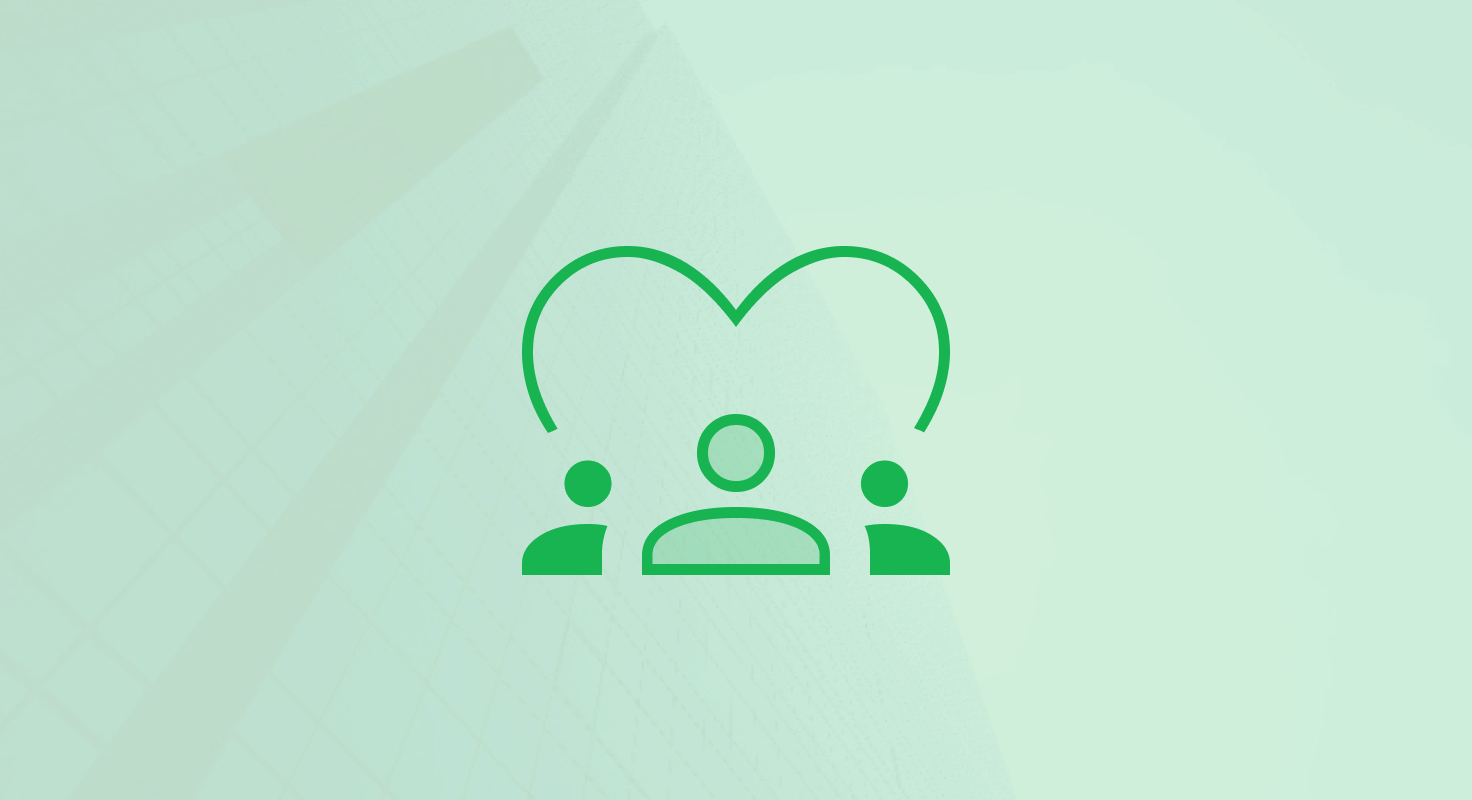
Entering the world of Software as a Service (SaaS) is about more than just offering a product; it marks an entry into an ecosystem where customer service is king. Here, success hinges on more than just the software itself—it's about crafting an unparalleled user experience.
The question is: How can you ensure that your SaaS venture not only survives, but thrives amidst the competition? The answer lies in an unwavering commitment to delivering exceptional customer service.
Understanding Customer Needs in SaaS
To truly understand what customers want from software services, it's about more than just asking them directly. It involves a comprehensive approach that includes observing how customers use the software, collecting data on their interactions, and analyzing this information to understand their preferences and pain points.
But it's not just about the present. Successful SaaS companies also try to predict what customers might need in the future. They use data and trends to anticipate where the market is going and what features or improvements might be valuable to users down the line.
Personalization and Customization
Personalization in SaaS is about using data to provide unique experiences, like suggesting specific features based on a user's behavior or showing content that's most relevant to them.
Customization, on the other hand, gives users the power to adjust the software according to their own preferences. This might involve offering different layouts, letting users choose what features they want to see, or even allowing them to change colors or themes.
Both personalization and customization are about making the software feel like it's made just for the individual user, enhancing their experience and making them feel more connected to the product.
User Experience Optimization
User experience optimization is all about making sure the software is not only easy to use but also enjoyable; it's about designing the software in a way that feels natural to users. This involves paying attention to how things are organized, how easy it is to find what you're looking for, and how smooth and intuitive the whole experience is.
By focusing on understanding what customers need, making the software personalized and adaptable, and ensuring it's a joy to use, SaaS companies can create a strong bond with users, keep them happy, and build a loyal customer base.
Building a Robust SaaS Support System
Creating a support system that genuinely serves users is key to the success of any service-based business. It involves offering diverse channels and ensuring continuous availability to address user concerns promptly and effectively.
Multi-Channel Support
Different users have different communication preferences. Some might prefer quick responses through live chat, appreciating the immediacy and direct interaction. Others might feel more comfortable writing out their concerns in an email, allowing them to articulate issues in detail. Phone support provides a personal touch, making users feel heard and understood. Additionally, social media engagement can capture users who prefer informal, public interactions or seek quick resolutions through direct messages.
Each channel offers its advantages and caters to specific user needs. Integrating these channels into the support system ensures a comprehensive approach that accommodates diverse preferences, resulting in a more satisfactory user experience.
24/7 Availability
Users operate in different time zones, and their needs arise at all hours. Having support available 24/7 demonstrates a commitment to providing uninterrupted assistance, irrespective of geographical constraints. It's about acknowledging and respecting users' schedules and ensuring they're never left waiting for help. This approach not only enhances user satisfaction but also fosters loyalty and trust, as users feel valued and supported around the clock.
By embracing diverse support channels and ensuring round-the-clock availability, businesses show their dedication to meeting users' needs whenever and however they seek assistance, resulting in stronger relationships and increased user satisfaction.
Utilizing Data for Customer Insights
Harnessing data to understand customer behavior and preferences is a game-changer for improving services. It involves analyzing user actions, interactions, and engagement metrics within a SaaS platform to uncover meaningful insights that guide enhancements and optimizations.
Analytics for Service Improvement
User behavior within a SaaS platform generates a wealth of data points. Analyzing these data streams uncovers actionable insights about user preferences, pain points, and usage patterns. For instance, it might reveal which features users find most useful, areas where they encounter difficulties, or patterns indicating dissatisfaction or drop-offs. By interpreting these insights, SaaS companies can prioritize feature enhancements, streamline user interfaces, and resolve pain points to improve overall user satisfaction and retention.
Feedback Loops and Surveys
Encouraging users to provide feedback fosters a continuous loop of improvement. Surveys, easily accessible feedback forms, or even in-app prompts for suggestions create opportunities for users to share their thoughts. This direct channel enables users to express their needs, highlight areas for improvement, or suggest new features. Leveraging this feedback as a guiding force allows companies to adapt their services in line with user expectations, ultimately enhancing user satisfaction and loyalty.
Proactive Communication and Education
Engaging users through proactive communication and education is key to fostering trust and empowering them within a service.
Regular Updates and Announcements
Consistent communication about the platform's progress and upcoming changes is vital. This can include newsletters, emails, or in-app notifications that inform users about new features, improvements, or even bug fixes. Such updates not only keep users in the loop but also make them feel included in the service's growth trajectory. It's an opportunity to highlight how user feedback contributes to these advancements, reinforcing the sense of partnership between the company and its users.
Knowledge Base and FAQs
A robust knowledge base serves as a hub of information where users can easily find answers to their questions. It's not just about troubleshooting; it's about empowering users to explore and learn independently. FAQs are concise repositories of common queries, providing quick resolutions to recurring issues. By fostering self-service capabilities, users feel more in control and confident while using the platform, ultimately reducing their reliance on external support and enhancing their overall experience.
By actively communicating updates and involving users in the evolution of the platform, along with providing comprehensive self-help resources, SaaS companies empower users, strengthen their trust, and enable them to navigate the platform independently and confidently.
Empowering Customers
Empowering customers involves giving them the tools, knowledge, and resources to navigate and succeed within a platform independently.
Self-Serve Options
Self-service options can range from intuitive interfaces guiding users through troubleshooting steps to interactive tutorials or knowledge bases that provide step-by-step solutions to common issues. These features empower users to take charge of their experience, saving time and frustration. Additionally, chatbots or AI-powered assistants offer immediate assistance, guiding users through problems in real-time without human intervention.
Training and Resources
Comprehensive tutorials, guides, and resources go beyond basic functionality explanations. They aim to empower users with advanced tips, best practices, and creative ways to make the most of the platform's capabilities.
This might include video tutorials, webinars, in-depth documentation, or community forums where users can share insights and learn from each other's experiences. Investing in user education demonstrates a commitment to the user's success and fosters a community of proficient and enthusiastic users.
By offering robust self-service options and investing in user education, companies enable users to navigate challenges independently, boosting their confidence and proficiency within the platform. This approach not only reduces reliance on support but also strengthens the user's connection with the platform, making them more loyal and engaged users.
Handling SaaS Customer Issues Effectively
Effective handling of customer issues involves implementing efficient systems and protocols to address concerns promptly and respectfully.
Efficient Ticketing Systems
Efficient ticketing systems employ automation, categorization, and prioritization to ensure that issues are addressed promptly and in order of urgency. They often involve ticket triaging, where incoming issues are swiftly categorized based on severity and impact. These systems facilitate seamless communication between support staff and users, ensuring clarity and transparency throughout the issue resolution process.
Escalation Protocols
Escalation protocols provide a structured path for unresolved or complex issues. They define clear steps and responsible parties to ensure that problems requiring higher expertise or attention are escalated promptly. This can involve routing issues to specialized support teams, involving management, or implementing rapid response procedures to tackle critical concerns. It reassures users that their problems are being taken seriously and will be handled with the necessary urgency and expertise.
By implementing efficient ticketing systems and clear escalation protocols, companies ensure that user issues are addressed promptly and with appropriate urgency. This not only resolves problems effectively but also demonstrates a commitment to respecting users' time and concerns, fostering trust and loyalty in the user base.
Measuring Success in SaaS Customer Support
Measuring success in SaaS customer service involves more than numbers; it's about understanding the story behind the metrics and using them as guides for improvement.
Key Metrics for Evaluation
Customer satisfaction scores gauge how happy users are with the service. They might be measured through surveys or ratings given after interactions. Response times showcase how quickly the service addresses user queries or issues, reflecting efficiency and attentiveness.
Resolution rates indicate the percentage of issues resolved successfully, portraying the service's effectiveness in problem-solving. These metrics, when analyzed together, offer a comprehensive view of the service's performance and its impact on user experience.
Continuous Improvement Strategies
Continuous improvement involves using data-driven insights to identify areas for enhancement and acting on user feedback to tailor the service to their needs. This might entail iterating features, refining processes, or even introducing innovative solutions that anticipate and exceed user expectations. Stagnation can lead to obsolescence, so actively evolving ensures the service remains competitive and valuable to its users.
Summing it Up
By understanding what users want, making platforms easy to use, and offering strong support, SaaS companies build trust. In addition, communication, empowering users, and good service create a bond between service and users. So, by going beyond expectations, SaaS firms create a place where everyone wins with innovation and putting users first.
Want to learn the blueprint to optimizing revenue?
Download our whitepaper on the 4 levers of revenue growth



